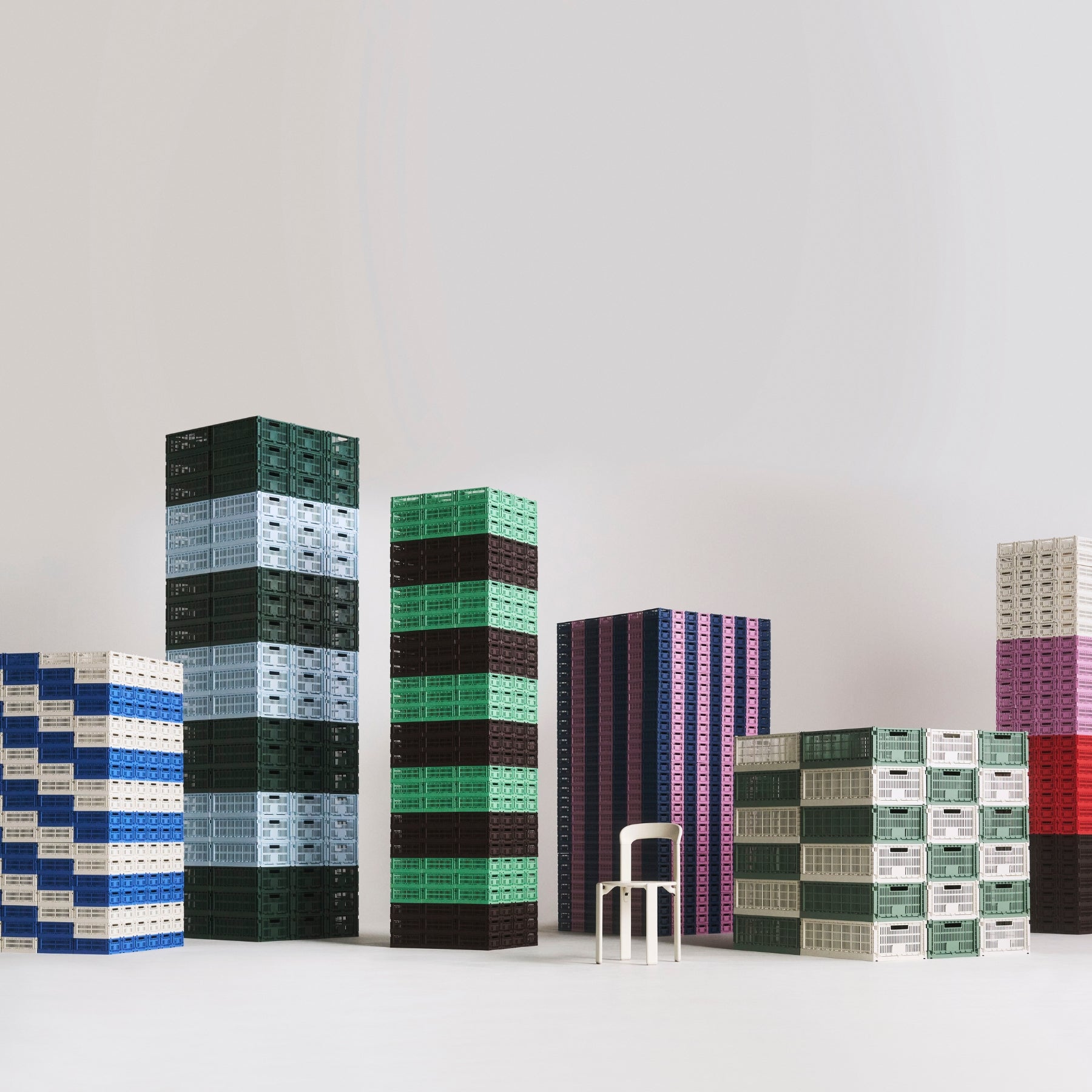Solvitur Ambulando; It Is Solved By Walking
Small footprint living and the walkable neighbourhood are terms that Mike Day embraces with conviction. Not only do they reflect an ethos of sustainability and environmental awareness, but their attributes are at the core of our future and wellbeing. Endeavouring to design and configure the ideal 20-minute neighbourhood, these frequently mentioned terms describe qualities of the human habitat that should be accessible by all ages and incomes.
Co-founder of Roberts Day, and one of Australia's thought leaders in urban planning, Mike Day shares with us his expectations and visions for the future of Australian neighbourhoods. "The greatest contribution that we can make is looking after the planet and particularly reducing our carbon footprint, which we can achieve through shaping and laying the foundations for walkable neighbourhoods," explains Mike. When he mentions walkability, it also includes other sustainable modes of transit, for instance, cycling, eBikes, trackless trams, and trains that enhance liveability. Walkable neighbourhoods should feature discernible centres and well defined edges enabling residents to access these facilities without feeling compelled to hop into their cars and drive to local destinations.
 Burwood Brickworks Site | RobertsDay led the visioning and masterplanning of this strategic and urban renewal site in Burwood East.
Burwood Brickworks Site | RobertsDay led the visioning and masterplanning of this strategic and urban renewal site in Burwood East.
The 20-Minute Neighbourhood
Imagine 'mini Melbournes' in the outer suburbs, offering 20-minute neighbourhoods with uninterrupted pathways that lead you and your family safely to a centralised hub that provides all amenities and daily needs. Your typical community would contain local shopping, health facilities, schools, amidst playgrounds and parks, sport and recreation facilities. It would take anywhere between five to ten minutes to walk or cycle to your local neighbourhood centre, where you would find all your daily needs. Mike explains that "you should be able to walk to all local amenities without the need to use a car and the layout would have a unique urban feel, such as townhouses and terraces accessed by rear laneways with studios above garages, a variety of dwellings, small streets, and a variety of pocket parks."
 Burwood Brickworks Site | Walkability and interconnectedness of the site and the immediate environs are hallmarks of the masterplan.
Burwood Brickworks Site | Walkability and interconnectedness of the site and the immediate environs are hallmarks of the masterplan.
Compact, Connected, Mixed-use, and Walkable
This compact, connected, mixed-use, and walkable urban form is ideal given our current global pandemic. This quintessential model is more relevant than ever. Mike feels it's all about 'living locally' while giving people the ability to meet most of their daily needs within a 20-minute return walk from home, with access to safe cycling and local transit options.
Small footprint living will also become more prevalent and we will see townhouses and courtyard houses increasing in demand as the preferred housing types. These modest homes will result in a more compact urban form and enable easy access to centrally located neighbourhood hubs. The advantages of townhouses are that they enable residents to engage on the street. As Mike illustrates "there's a greater likelihood of residents speaking and interacting with their neighbours giving them a sense of wellbeing and feeling more connected to their community."
With the increase of the population wanting to work from home or at least for a few days a week, Mike says we will see an increase in the introduction of townhouses that offer studios above garages, which will double as a working studio or home office. This significant societal shift could re-conceptualise the workplace and provide a work-life balance for the community."We spend one to two hours daily commuting to our workplaces, and if this decreases, we can radically reduce our carbon emissions and improve our health and wellbeing," says Mike.

Health & Wellbeing
The places we live and inhabit have a direct impact on our health and wellbeing. While great urban design is the essence of healthy living, there will be a significant inclination for urban planners, designers, councils and developers to replicate a model that encourages neighbourhoods to be more liveable, walkable and within a 20-minute walk to and from all amenities. By producing well-designed neighbourhoods that contain a mix of land-uses, housing types, local amenities and access to public transit, will greatly assist in improving the health and well-being of future communities.

The Future
Australia will be changing significantly in the coming years, and Australia's rival cities, Sydney and Melbourne are likely to be seen as sister cities. In Mike's words, "our ambition and hope is to connect Sydney and Melbourne with a high-speed rail service which will enable eight new cities to be built along the line. Within these new cities you will see this new model embraced with small footprint living, walkable neighbourhoods, trackless trams, and shared autonomous vehicles. This nation building venture will be the benchmark for future urban development around the country."









